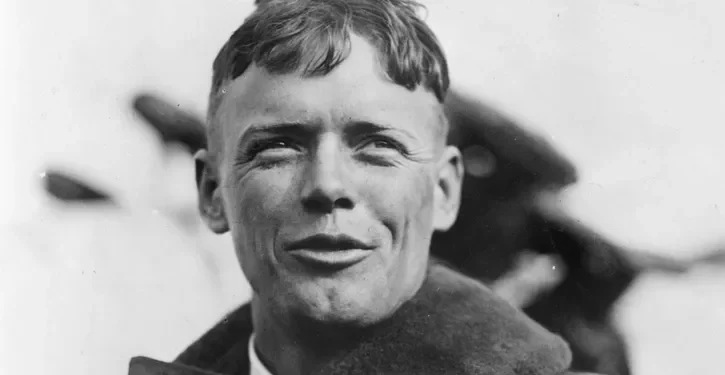Charles Lindbergh, an iconic figure in the annals of aviation, made history with his groundbreaking solo nonstop flight across the Atlantic Ocean in 1927. Born on February 4, 1902, in Detroit, Michigan, Lindbergh’s fascination with mechanics and flight began early, spurred by his upbringing in a technologically progressive era. After briefly attending the University of Wisconsin-Madison, he left to pursue flying, initially as a barnstormer and later as a U.S. Air Mail pilot.
Lindbergh’s historic flight took place on May 20-21, 1927, when he piloted the custom-built, single-engine monoplane Spirit of St. Louis from Roosevelt Field in New York to Le Bourget Field near Paris. The flight, spanning approximately 3,600 miles and lasting 33.5 hours, catapulted Lindbergh to international fame. His success not only demonstrated the potential of aviation as a means of transoceanic travel but also heralded a new era in commercial aviation and inspired a generation of aviators.
The young aviator’s achievement was recognized with numerous accolades, including the prestigious Orteig Prize, a $25,000 reward for the first nonstop flight between New York and Paris. Lindbergh was also awarded the Congressional Medal of Honor and the Distinguished Flying Cross. His book, “We,” detailing the transatlantic flight, became a bestseller and further solidified his status as a national hero.
However, Lindbergh’s life was not without controversy. In the 1930s, he became involved with the America First Committee, advocating for U.S. isolationism during the early years of World War II. His speeches, which included critical remarks about American Jews and their influence, marred his public image, leading to accusations of anti-Semitism and Nazi sympathies.
Tragedy also struck Lindbergh’s personal life. In 1932, his 20-month-old son, Charles Jr., was kidnapped and murdered, a crime that gripped the nation and led to one of the most famous criminal cases of the 20th century. The subsequent trial and conviction of Bruno Richard Hauptmann garnered extensive media attention and profoundly impacted Lindbergh and his family.
During World War II, despite earlier isolationist views, Lindbergh served as a consultant and test pilot for various aviation companies and even flew combat missions in the Pacific Theater. After the war, he continued to advocate for aviation and environmental causes, contributing significantly to the fields of air travel and conservation.
Lindbergh’s legacy is complex, marked by extraordinary achievements and significant personal and public challenges. He died on August 26, 1974, in Maui, Hawaii, leaving behind a lasting impact on aviation history and a nuanced personal narrative that continues to fascinate historians and the public alike.
newshub










Recent Comments